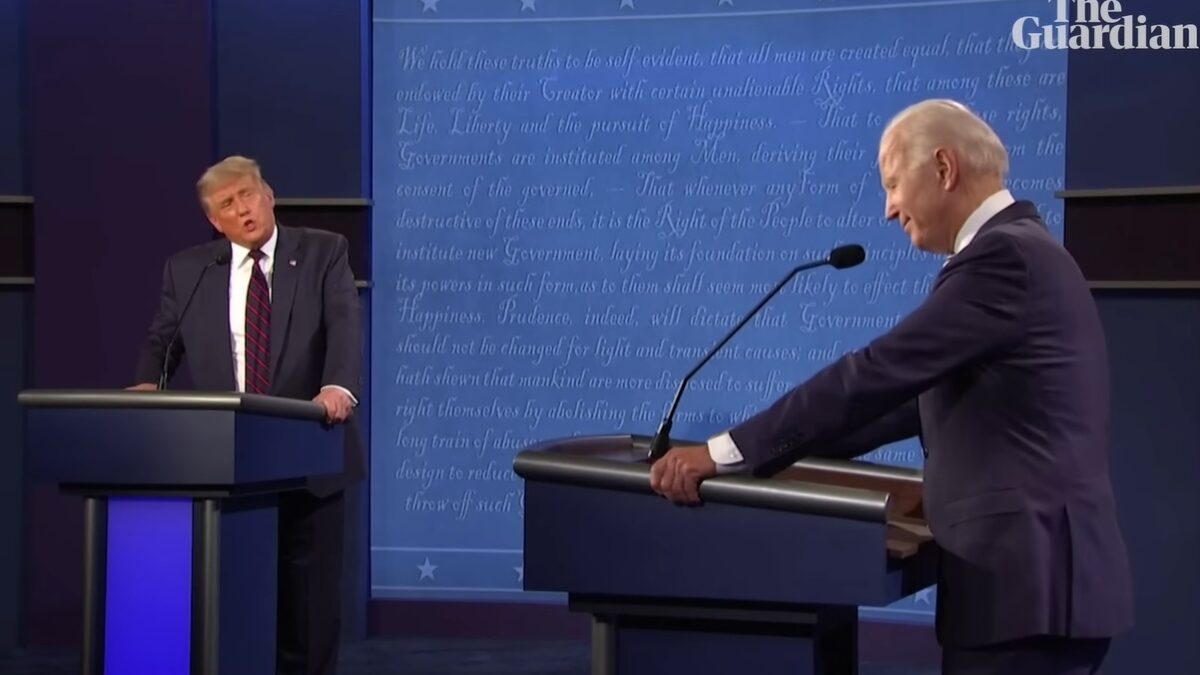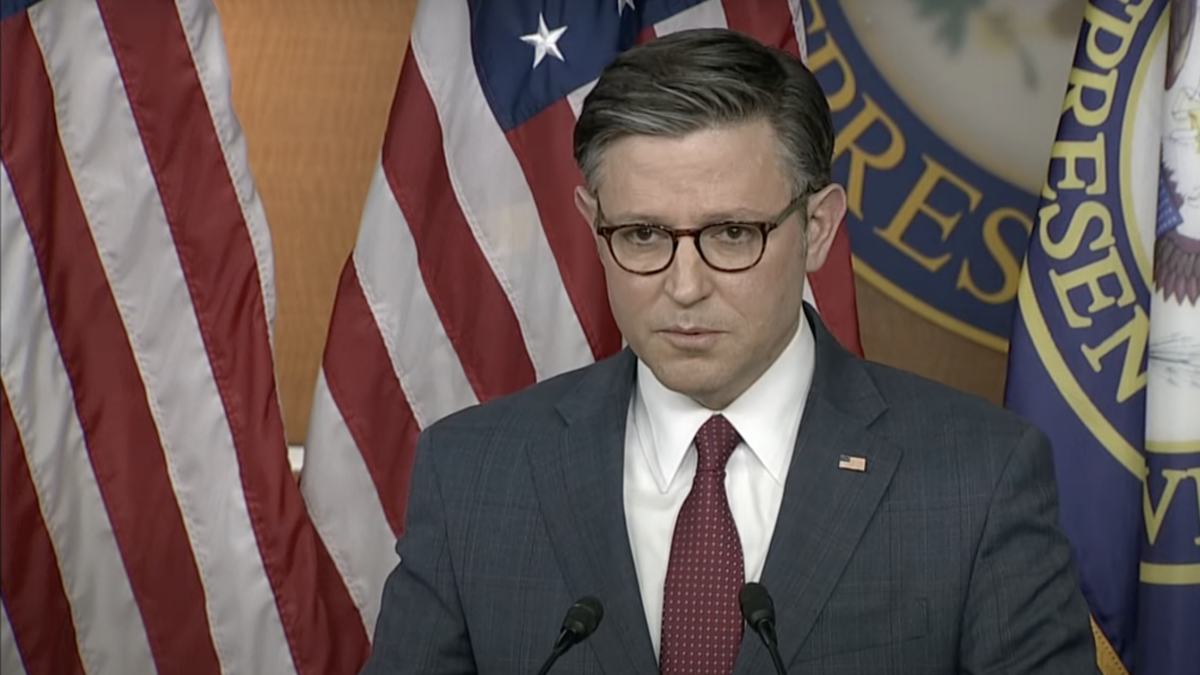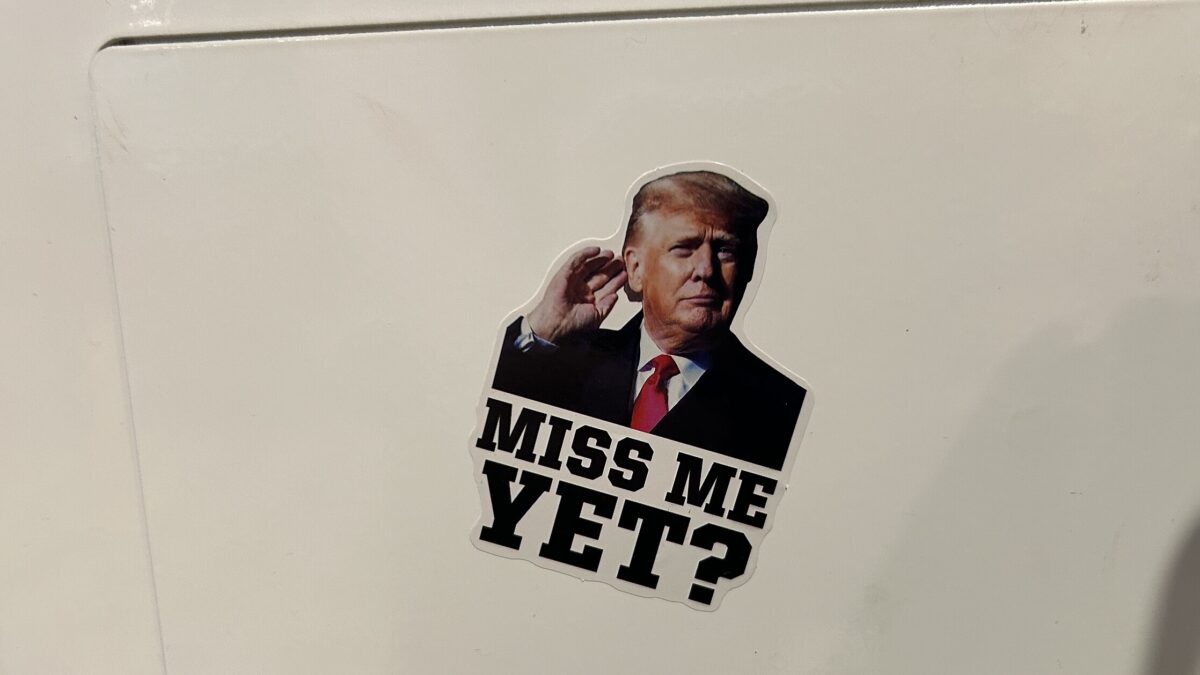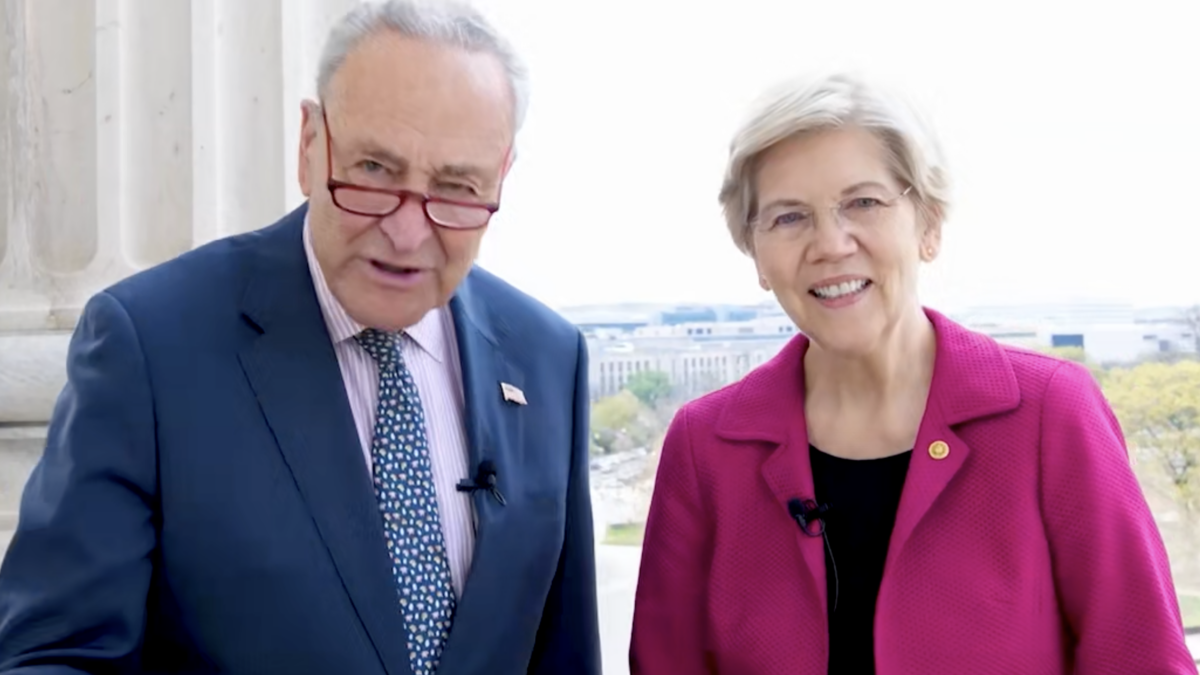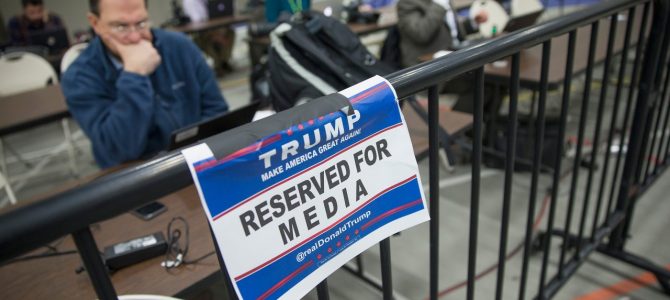
Their economic plight is somewhat precarious. You may not even think about them quite this way. Many are still union workers. They don’t always work the day shift. They are intensely proud of the work they do, even if others look down on them.
After all, even today, some of them work under dangerous conditions. Many probably looked forward to working their way up a very competitive ladder to easier, occasionally cushy working conditions if they manage to get into one of the big shops. Indeed, some of the Old Bulls still manage to live large, beyond what many might think is warranted by market conditions.
But their industry is under siege. Advances in technology have cut deeply into their margins. They face competition from robots and cheap, non-union labor. Many shops have been closed or consolidated. Even at the big shops, the younger employees see older co-workers being laid off, or pushed into early retirement in substantial numbers. Who knows how solid those promised pensions are.
Given this decline over the years, it is perhaps not surprising that some of them agitate for government subsidies. They even complain loudly when their existing subsidies from federal or state governments are threatened.
Who Are These People?
I refer, of course, to journalists. I particularly refer to journalists working in the big cities on America’s coasts. What? Did you think I was referring to stereotypical Trump voters?
No, journalists face competition from the low wages paid to aggregators at content farms. They survive it in some fashion, because reporters largely remain the means of production. The robots they face are computer scripts that can already automate simple coverage of stories like the weather, quarterly earnings, and sports scores. Journalists usually don’t blame foreigners or immigrants, though who knows who those programmers are.
Moreover, Trump voters tend to be displaced from jobs when their employers adopt new technologies and processes, whereas newspapers declined in large part by their failure to embrace the Internet, which allowed early-moving sites like Craigslist to devour the revenues from their classified ad business.
The same failure of management foresight lost valuable time in thinking about how to replace revenues that disappear when there is much less full-page display advertising and much more staring into the screens of smartphones.
Nevertheless, it is worth noting that for many years, journalism was considered a blue-collar job, one that could be done by ink-stained wretches without the artificial barriers of credentialing. It only became a gentrified, white-collar profession around the time people decided the job was more about being a paid left-leaning activist—“making the world a better place,” in the post-Watergate argot.
We’ve Grown Apart Over the Years
It is worth noting because this shift is a major factor in the creation of the bubble that has caused so-called elite journalism to so misjudge the current climate of American politics. Moreover, the economic pressures on the industry meant shuttering many regional bureaus that kept some of the big shops at least somewhat plugged into the mood of the rest of the nation.
What does it mean that the current cohort of supposed elite journalism is so detached from the stereotypical segment of Trump voters as to lack empathy, despite both groups having had to face, to one degree or another, the economic pressures of technological advances in their industries?
Many, including on the Right, will be tempted to conclude that it is a matter of aesthetics. Much like the Bobos of David Brooks fame haughtily sneering at President Trump’s preference for a well-done steak with ketchup, the theory will be that coastal, urban journalists cannot see the parallels with Trump voters because they view them as “deplorables,” perhaps even “irredeemables.”
Although some of them are, that theory seems insufficient. The difference between those with a more globalist or nationalist viewpoint is substantive as well as aesthetic, economic as well as cultural, even if the nationalists may have a poorer understanding of the economics. In addition, the cultural differences should not be dismissed as merely aesthetic. A shared culture—and language, insofar as Trump voters are concerned about immigration and assimilation—are two central pillars of any civilization, as Sam Huntington would tell you. This is true even if the more nationalist view underestimates how well America assimilates its immigrants.
Rather, any theory of why Acela (and West Coast) journalists seemingly never noticed what they share with many Trump voters should also be attributed to the nature of a bubble in itself. Often, we discuss bubbles solely with reference to the idea of isolation or separation. But those ideas could have been conveyed by the idea of walls or fences.
By nature, however, a bubble also necessarily distorts any view of the world around it, whether viewing from the inside out or vice versa. The light bends, as though gazing into a funhouse mirror version of reality. This distortion field, as much as geographic separation or mere aesthetics, has prevented so-called elite journalists from recognizing that, like all sorts of fictional heroes and villains, they are not so different from Trump voters.
Cosmopolitan journalists, skewing leftward as they do, are inclined to celebrate differences. But noticing similarities could be just as helpful to understanding those with whom they have true differences.


